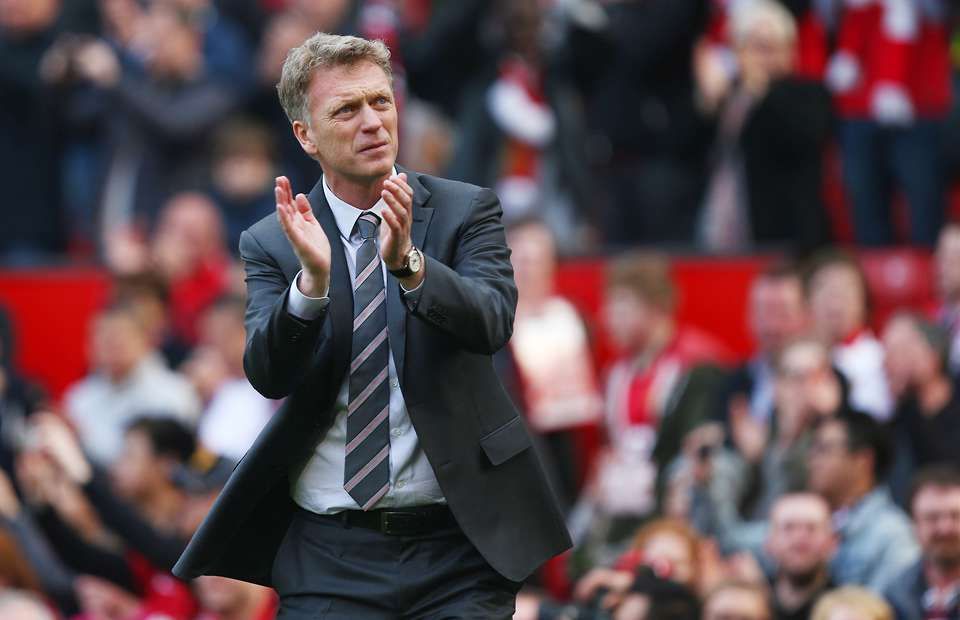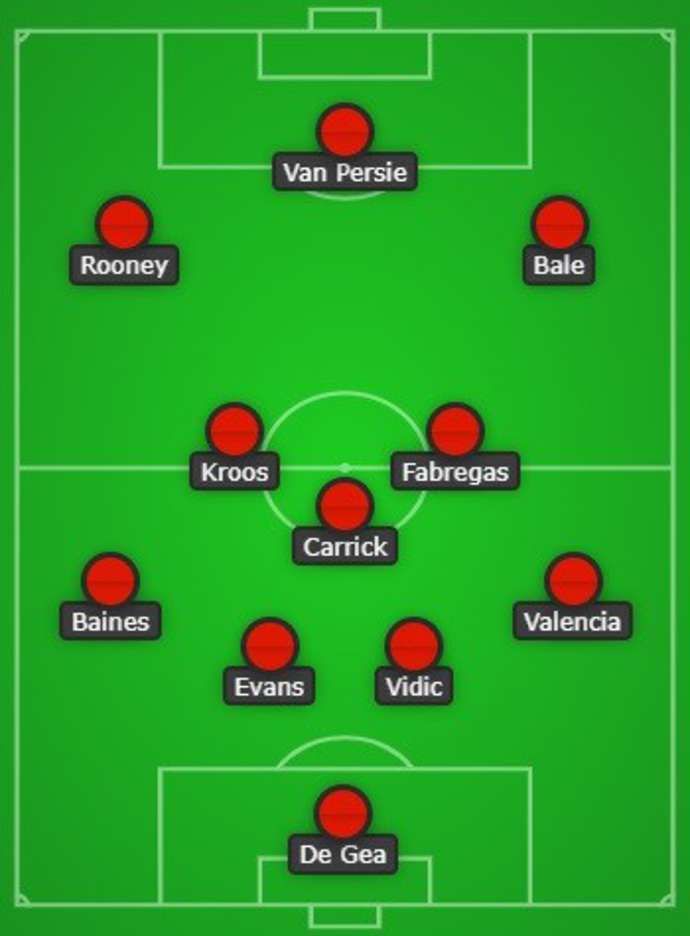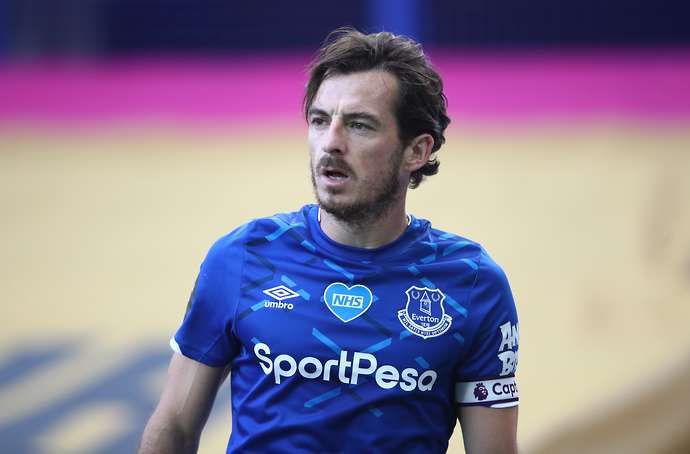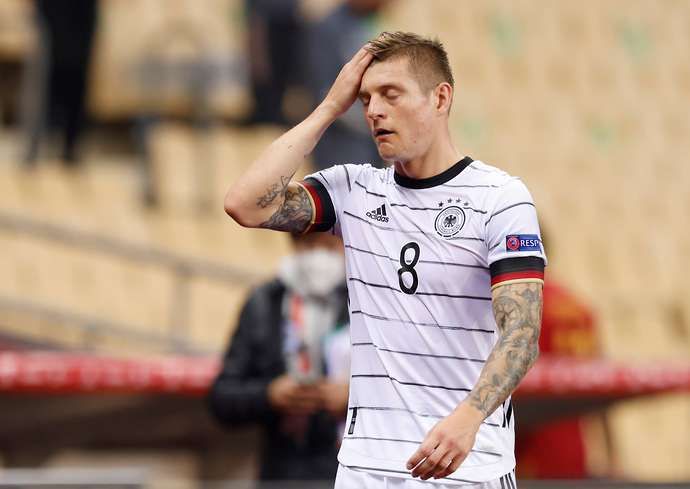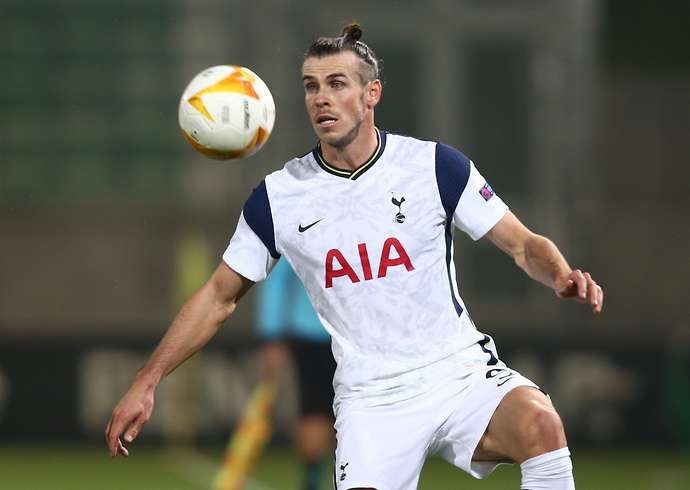Former Chelsea manager Antonio Conte recently mused over how his Stamford Bridge spell could have panned out differently if the Blues had managed to land his priority transfer targets.
While Conte won the Premier League crown and FA Cup in west London, Chelsea’s 2017/18 title defence was deemed so disappointing that he was given his marching orders just two years after being appointed, making way for Maurizio Sarri.
But Conte believes Chelsea lost their momentum after he failed to bring in two elite talents - Romelu Lukaku, who is now thriving under him at Inter Milan, and Virgil van Dijk, arguably the best centre-back in world football.
Which got us at GIVEMESPORT thinking about how other managerial tenures may have panned out differently with a bit more fortune in the transfer market, starting with David Moyes.
Despite being earmarked as the natural heir to Sir Alex Ferguson’s throne, Moyes didn’t even last a full season at Old Trafford such was the concern over the direction he’d taken a team that had lifted the Premier League title the season previous.
But there is no question Moyes inherited a squad on the decline, while he only managed to bring in two first-team players during his two transfer windows at United’s helm. Marouane Fellaini arrived at the end of the summer transfer window and Juan Mata was recruited in January.
Neither player has managed to excel at Old Trafford. Whereas Fellaini was a largely maligned figure who eventually left for the Chinese Super League, Mata’s become arguably one of the biggest wastes of talent in Premier League history as he continues to serve as a bit-part member of the first-team squad.
However, it could’ve all panned out very differently, as our starting XI graphic shows.
Since leaving United, Moyes has revealed he wanted to sign a future World Cup winner in Toni Kroos, Cesc Fabregas - who went on to win the Premier League twice with Chelsea instead - and Gareth Bale, a world-record signing for Real Madrid.
It was also well-documented during summer 2013 that United were keen to bring in Everton’s Leighton Baines, having notched up five goals and five assists from left-back the season previous playing directly under Moyes.
Had all four players been signed, Moyes would have been left with a starting XI more than capable of sustaining Manchester United as the most dominant force in English football.
The Defence
Admittedly, things would still have been a little ropey at the heart of United’s backline. Nemanja Vidic was clearly beyond his best by the time of Moyes’ arrival and was tellingly sent off against Chelsea and Liverpool that season as he struggled to keep pace with the Premier League’s top sides.
Evans, meanwhile, has gone on to prove himself as an incredibly reliable top-end centre-back in the Premier League, but back in 2013 he was still a little inconsistent, error prone and lacked the natural authoritative presence he enjoys at Leicester City today.
But that defensive core would have been much better protected with Baines at left-back. Patrice Evra was already 32 when the season started and was let go the following summer, having lost the dynamism that once put him amongst the best No.3s in the world. Baines would also have offered more to United offensively too - he finished his Premier League career with 32 goals and 59 assists to his name.
On the other defensive flank, Antonio Valencia was just starting to emerge as an incredibly promising option at No.2 for United, overtaking Rafael in the pecking order. He’d continue to play in that role under Louis van Gaal and Jose Mourinho, and eventually serve as United’s captain.
David De Gea, back in 2013, was establishing himself as one of the top goalkeepers in the world and would be named United’s Player of the Season at the end of the campaign.
The Midfield
While Baines represented a welcome upgrade on the left side of defence, Moyes’ targets in midfield represented nothing less than a mini-revolution, essentially placing a new Brains Trust at the heart of United’s starting XI.
The Red Devils desperately needed that, too; in addition to losing Ferguson on the final day of the previous season, the legendary Paul Scholes hung up his boots for the second time as well.
Toni Kroos, Cesc Fabregas and Michael Carrick would have comprised a thrilling combination in central midfield, almost akin to the kind of engine room we’ve come to expect from Pep Guardiola. Carrick was no spring chicken by the time Moyes arrived but still had a few years left in the tank at United, while Fabregas was in his prime at 27 and Kroos was just 23, bringing a sense of longevity and youth to the midfield.
If there’s one thing this setup is arguably missing, it’s an element of physicality and dynamism. But the flair, technique and intelligence of all three players would have made an irresistible trifecta that Moyes could have built United’s successes around.
Instead, Moyes spent much of the season making do with Carrick and Fellaini, two midfielders on completely different wavelengths who never managed to strike up a convincing partnership. And let’s face it, Fabregas and Kroos are on a completely different level to Moyes’ floppy-haired battering ram.
The Strike Force
Despite being the main driving force behind United lifting the 2012/13 title, Moyes’ campaign in charge felt like the turning point for Wayne Rooney and Robin van Persie. There was already talk of the England captain being in decline, while his strike partner had just turned 30.
But their natural pedigree was undoubted - even during such a disastrous season they still racked up 29 Premier League goals - and when age is sapping the enthusiasm out of the legs of truly elite players, the best thing a manager can do is surround them with speed and dynamism.
Bale would have done that and then some. In addition to being an attacking superstar in his own right by the time summer 2013 came around, having just won the Premier League’s Player of the Year award, the Welshman offered electric pace and the engine to continually charge at defences on the counter-attack.
He could’ve run the hard yards for Rooney and van Persie while giving United even more goal threat but ultimately joined Real Madrid instead. In a bid to find that natural energy in attack, Moyes turned to youngsters Danny Welbeck and Adnan Januzaj.
Would things have been different?
It’s safe to assume that with this side at his disposal, Moyes would have at the very least lasted until the end of the season and United would have finished much higher than seventh place. We’d suggest a top four finish at a bare minimum.
But considering Baines would have been Moyes’ oldest signing at just 28, there is longevity to this team as well. 2014/15 winners Chelsea and 2015/16 winners Leicester aren’t exactly revered as amongst the greatest sides to win the title, so there’s an argument that with this team, Moyes could have kept United competitive at the top of the Premier League and maybe even lifted the crown himself in subsequent seasons.
Of course, whether Moyes had the managerial ability to pull that off remains a different debate altogether. But in terms of personnel alone, Baines, Kroos, Fabregas and Bale are definitely the kind of signings that could’ve kept the United dynasty going, bringing relative youth, superior quality and much-needed balance to a Red Devils squad in need of renovation.



















